
 Madinat Al Hareer ... a one-of-its-kind project.
Madinat Al Hareer ... a one-of-its-kind project.
Kuwait is currently evaluating the technical aspects of the KD25 billion ($85.6 billion) Madinat Al Hareer (City of Silk) project, a one-of-its-kind development which will be home to the world’s tallest tower at 1,001 m.
The multi-purpose city project, as it is known, seeks to create a major new city in a strategic location at the gateway to the famous Silk Route across central Asia.
Eric Kuhne & Associates is the architect and master planner behind the entire development, which to transform a 250 sq km site in Subiya in Northern Kuwait, into a new urban centre for 700,000 people within the next 25 years.
The first phase of the project is expected to take shape within seven years.
Speaking to GCM, a spokesman for the UK-based Eric Kuhne says: “We have presented the master plans to Kuwait’s Higher Planning Committee, which is now trying to establish the boundaries, the densities and other technical aspects of the overall development. We have taken the time to do far more than just another commercial development project, for Madinat Al Hareer is far greater than another waterfront, another tower block, or another retail centre. It is founded on the rich heritage of Arabic gardens, towns, palaces, and markets. It balances Centres of Faith with Centres of Commerce as a rich garden city on the Arabian Gulf.”
The project has the blessings of the Kuwaiti Cabinet and Higher Council of Planning and Development, which has given the green light for the city concept to be investigated further.
Atkins has recently been appointed as the structural engineer for the 1,001-m-tall Mubarak Al Kabir Tower which is expected to be almost twice the size of the world’s current tallest building – the Taipei 101 skyscraper in Taiwan.
Mubarak Al Kabir Tower would form ‘a complete city in the sky’, and would be made up of offices, apartments, a school, a medical centre, and possibly a mosque. It will be built in three blocks linked together, which will give it more flexibility in terms of the lifts.
Towering more than 200 storeys high, the twisting, tapering tower will create a vertical community made up of seven neighbourhoods stacked one atop another.
Atkins is working with lift specialists on how it can develop and install larger lifts. It is also exploring the wind force measures that would be needed for a structure of this height.
“The plans for Madinat Al Hareer involve significant new infrastructure, including a new seaport and a international airport, to support an integrated urban master plan in the form of a series of centres dedicated to business, sports, culture, environment, media, industry, education and health,” says a spokesman for Atkins.
He continues: “Adherence to high environmental standards and the principles of sustainability are themes that will drive the design and the result will be a spectacular new multi-purpose city, linked to Kuwait City by the new Jaber Al Ahmed bridge across Kuwait Bay. Half-way across the bay, the bridge will alight on two islands that will contain exclusive private developments.
“This project has the potential to transform an area just north of Kuwait City into a leading centre for the region and one of the world's great examples of sustainable urban development. Atkins is proud to be drawing on its international and local expertise to provide the government and citizens of Kuwait with solutions which will enable the project to realise its spectacular vision,” he adds.
Madinat Al Hareer will include a resort, a 200-hectare desert preserve, a total of 28 lifestyle communities as well as a free zone.
The city will also feature a business city and an area for forums and exhibitions, centres dedicated to sports, culture, environment, media, industry, education and health. It will include tourism centres, hotels, resorts, public gardens, spacious residential areas.
The mega city project involves collaboration between the private sector, researchers, designers, engineers and the agencies responsible for the economic development and planning for the region. Apart from Eric Kuhne, the project has already enlisted the services of Kuwait-based Oha as the local advisor, Sq Ft Consulting as the strategic advisor and KPMG for the economic analysis. In addition to structural engineering Atkins is also responsible for environmental, fisheries and engineering works.
This cosmopolitan city is designed with four city centres and will include:
• Finance city: A centre of business, international trade, finance, and commerce. Madinat Al Hareer will expand the business potential of Kuwait and encourage new businesses to come and invest in the Middle East. With close proximity to the airport and the new bridge, it will have easy access to the rest of the world and be only 23 minutes from Kuwait City.
• Silk Road Free Zone: An advanced enterprise zone will be designated a free zone for trade, investment and business incubator developments. Located next to a new International Airport, it will connect to an expanded rail, air and road network extending far into Central Asia.
• Leisure city: Resort hotels, leisure villages and holiday retreats will line the kilometre-long waterfront of the riverside of Madinat Al Hareer. A number of new facilities such as an athletics centre, an academy of sport, an Olympic-style sports complex that will host domestic and international games, a sports medicine and maritime lifestyle centre are also planned.
• Culture city: Split into three precincts, the culture city will be where academic, diplomatic, and policy studies will be concentrated and where scholarly research, archaeological pursuits, art and historical museums will be located.
• Ecological city: At the centre of Madinat Al Hareer will be a 45 sq km wildlife sanctuary and nature reserve park – the Al Badeia Resort – which will have a protected area for migratory birds and will be enhanced with new nesting and spawning ranges, fresh water ponds, feeding grounds, and wildlife habitats. A new ecological research centre and an eco-resort will be part of the project.
• Film and media city: An expanded media/internet/communications centre will be created building on Kuwait's creative centre for television production along with a film city geared towards creating a new Arab movie production industry.
• Industrial city: A new light industrial centre will be developed adjacent to the Advanced Enterprise Zone and Business City Centre, which will encourage the development of extensive locally-operated manufacturing enterprises.
• Education city: Partnerships with international educational institutions will expand the reach of Kuwait's tertiary education system to include Asian, European and North American colleges and universities.
• Health city: The project will include advanced treatment centres, research facilities, specialised medicine and pharmacology, prevention strategy, rehabilitation and nutrition centres.
• Parks and lakes: a number of landscaped ribbon parks and gardens interlaced with lakes, ponds and canals will create an exclusive garden city and link all the different areas of the city.
• Lifestyle zones: Each of the 28 communities of the mega project will be branded with a distinctive lifestyle on offer, which will include sport, recreation, leisure, culture, information, media, film, research, education, business and ecology.
• Housing facilities: Expanded housing plots, a diversity of housing types, family amenities, easy access to health care and education, self-sustaining neighbourhoods and an extensive park system will make the city among the most coveted residential developments in the region.
With the population of Kuwait projected to rise over 5 million by 2030, the Madinat Al Hareer will not only create an integrated urban development for over 700,000 people but due to its strategic location, also have the potential to revive the traditional silk route of Iraq, Iran and central Asia and become a global trading and logistics hub of the Middle East, says the spokesman for Eric Kuhne.



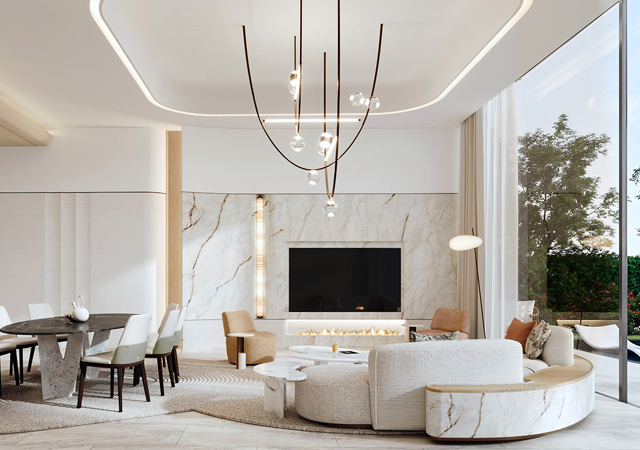
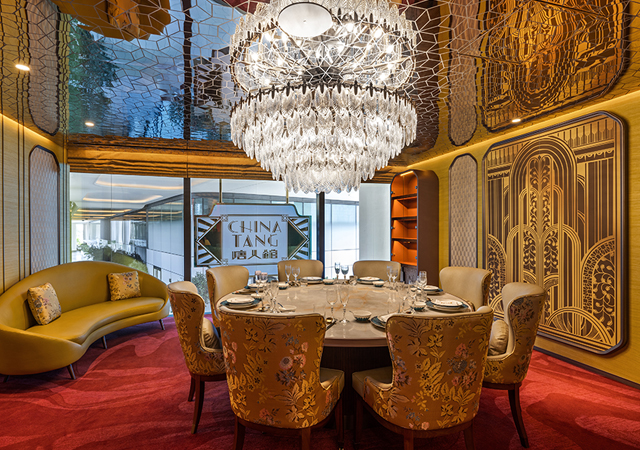
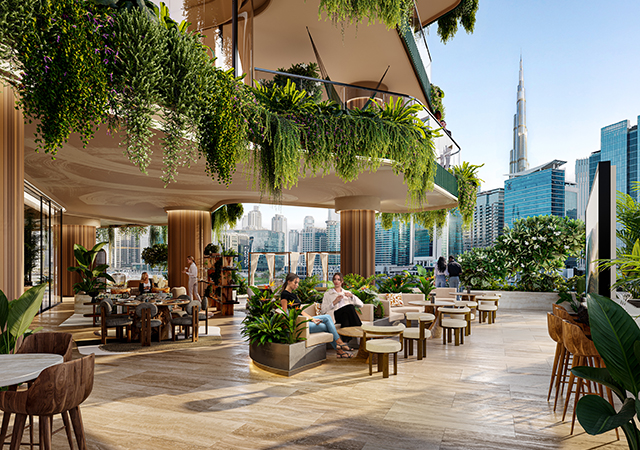
.jpg)


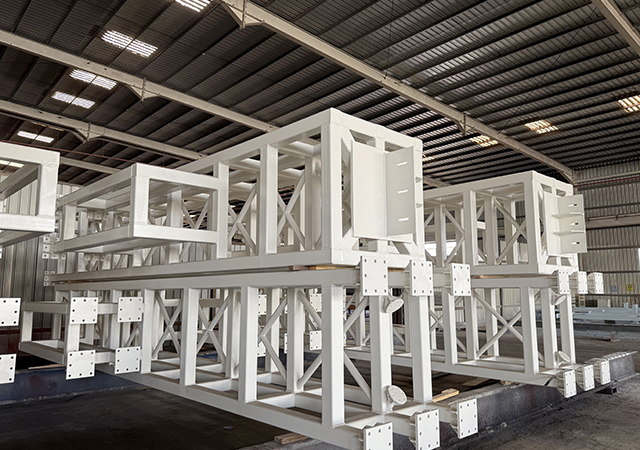

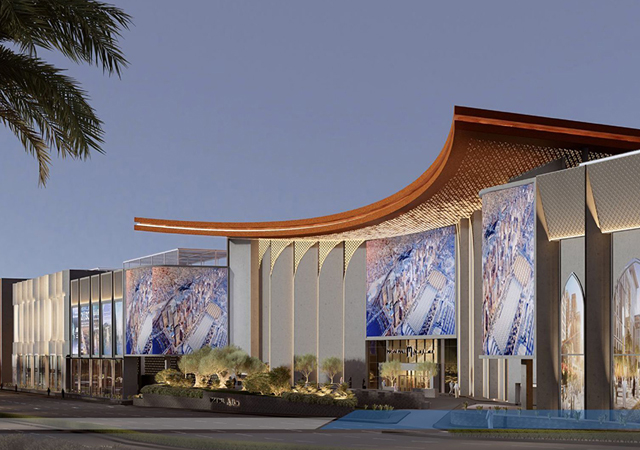
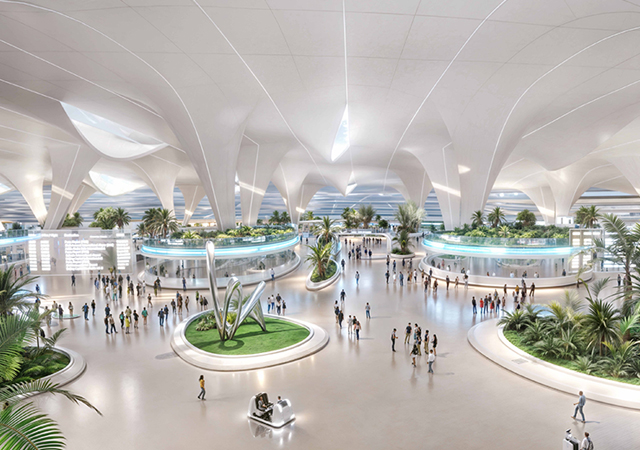

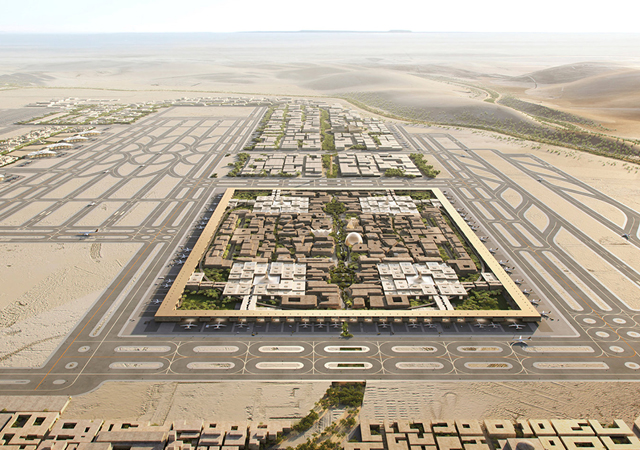
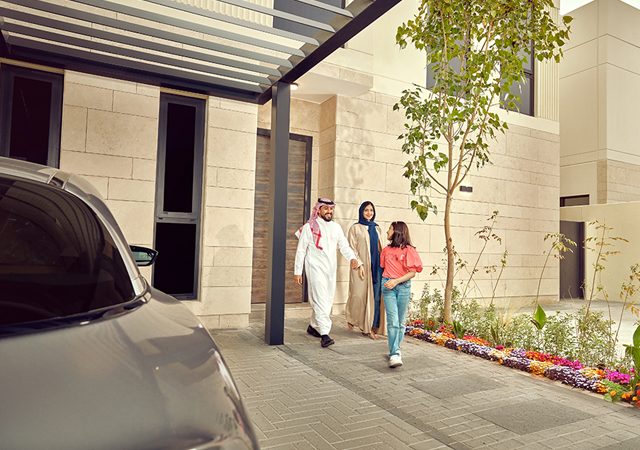
.jpg)

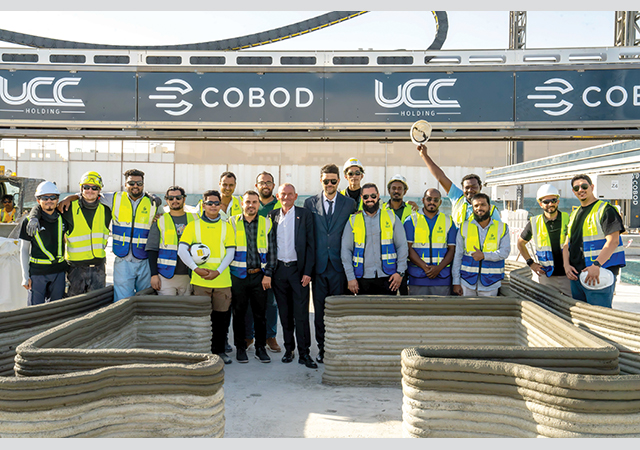
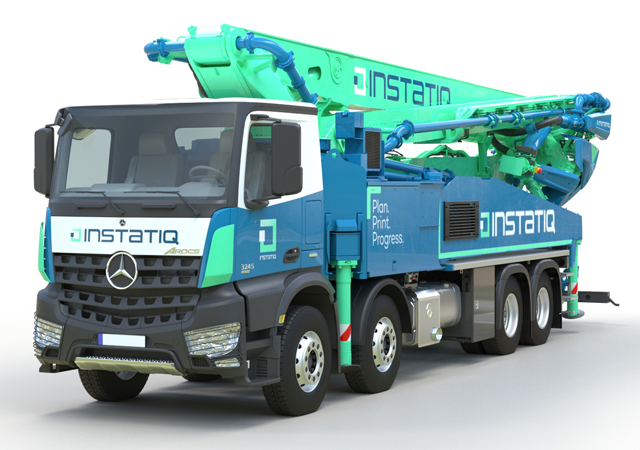
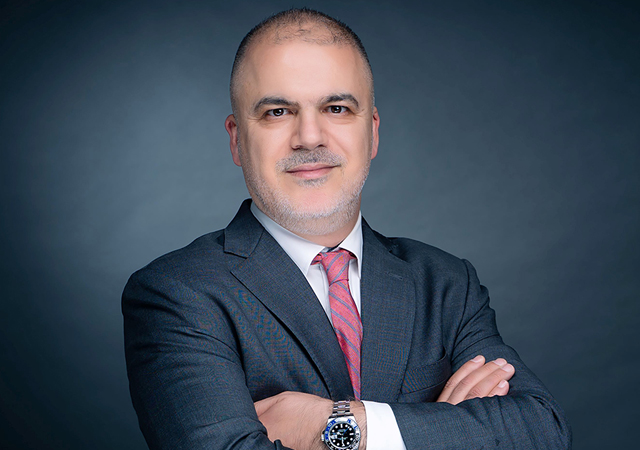
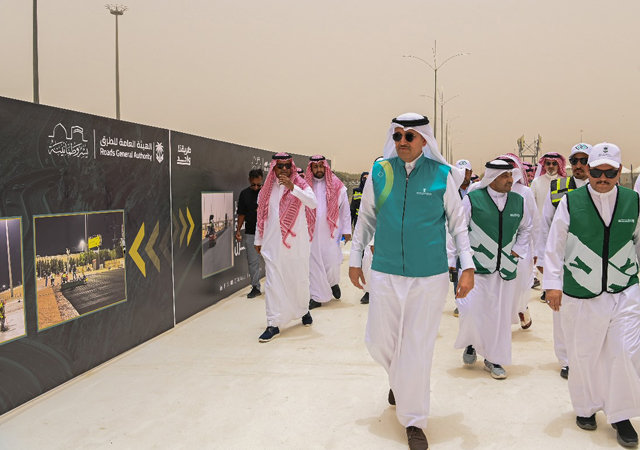

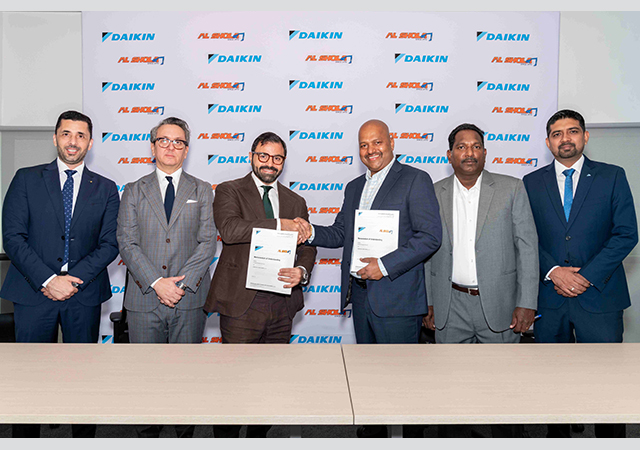
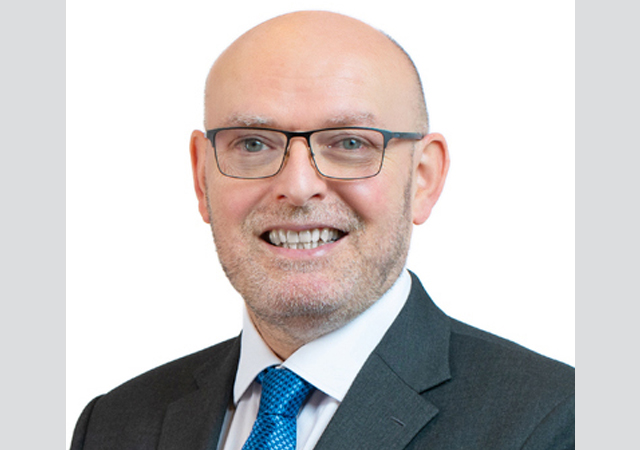
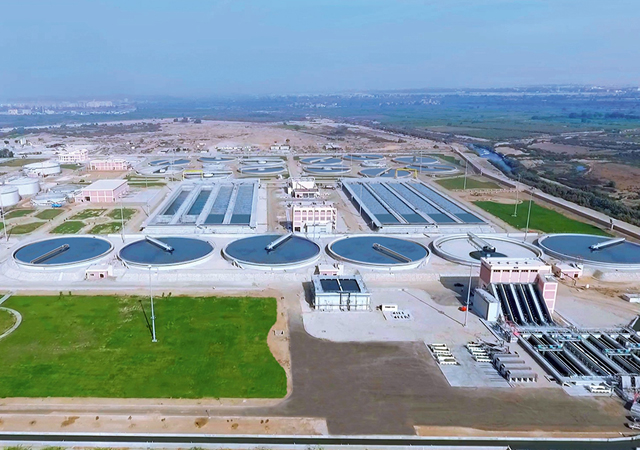

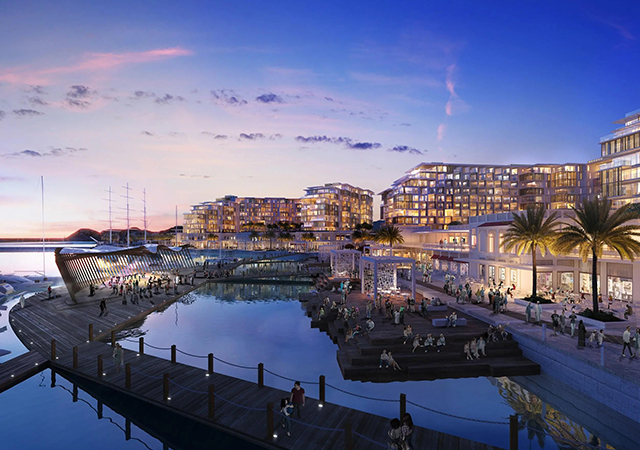

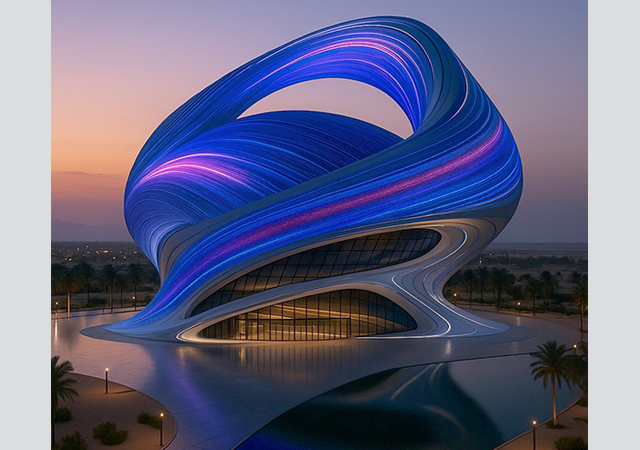
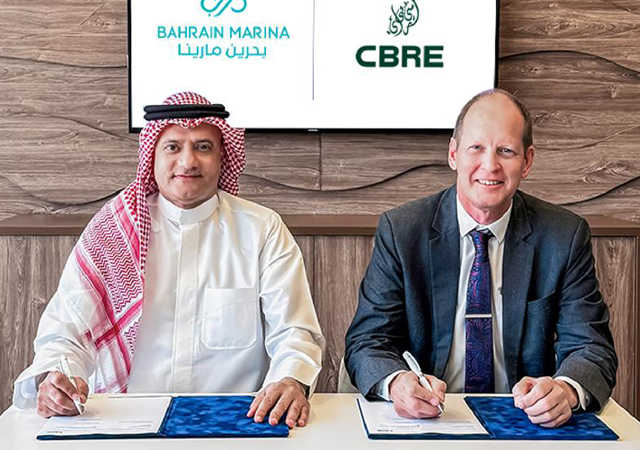
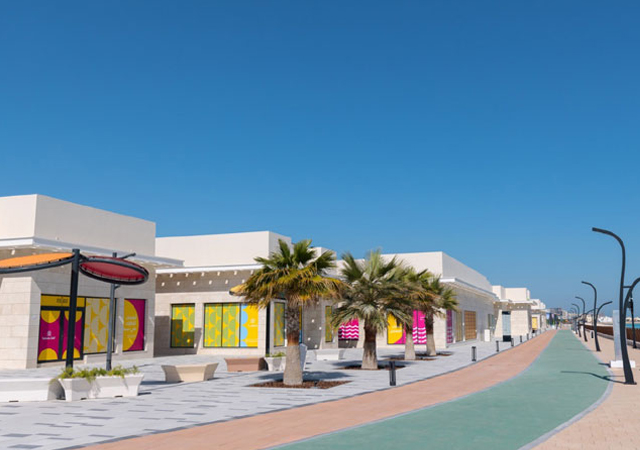
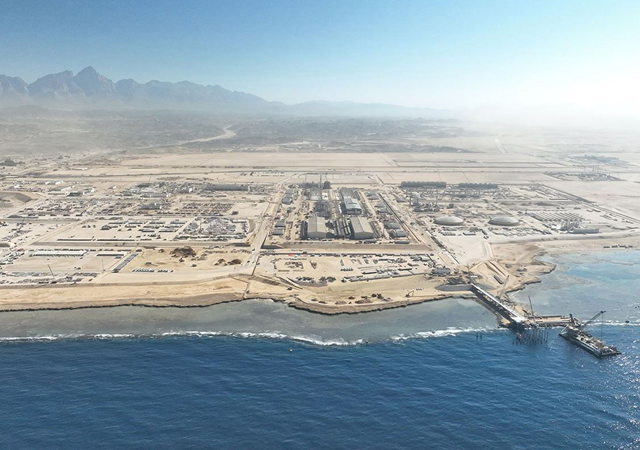
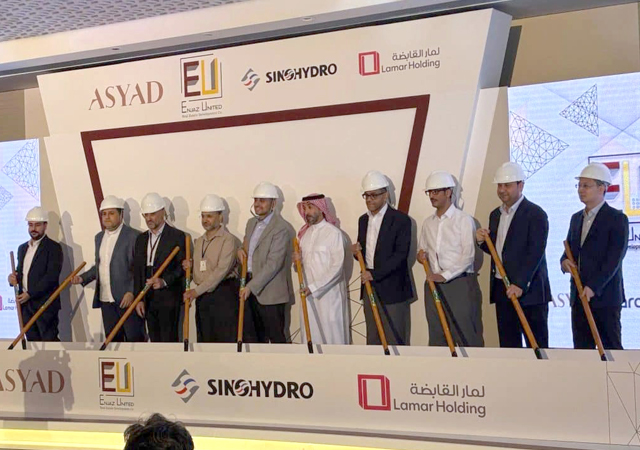
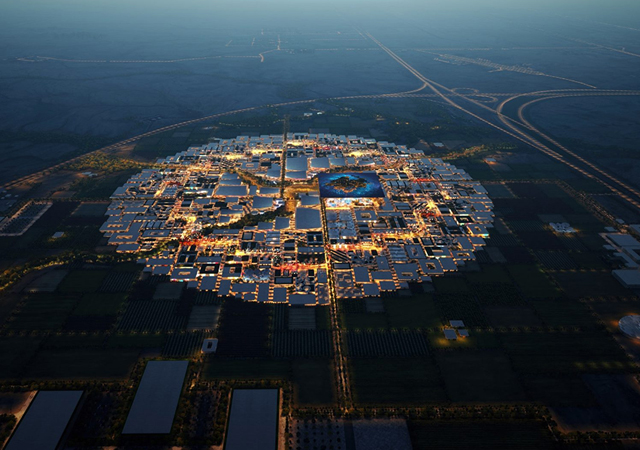
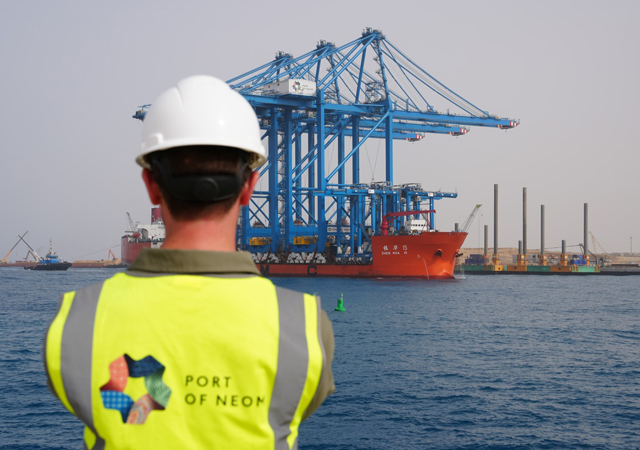
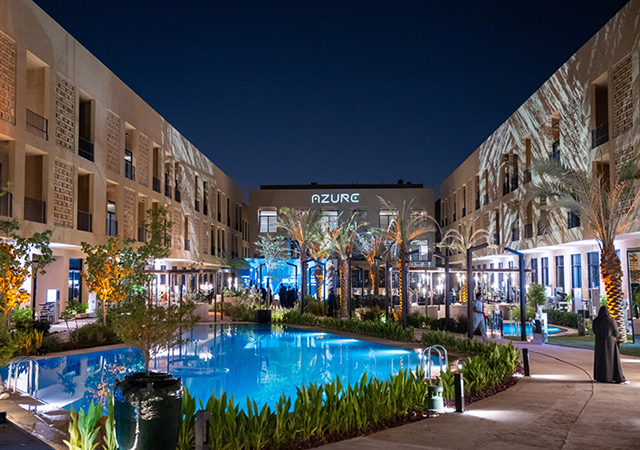
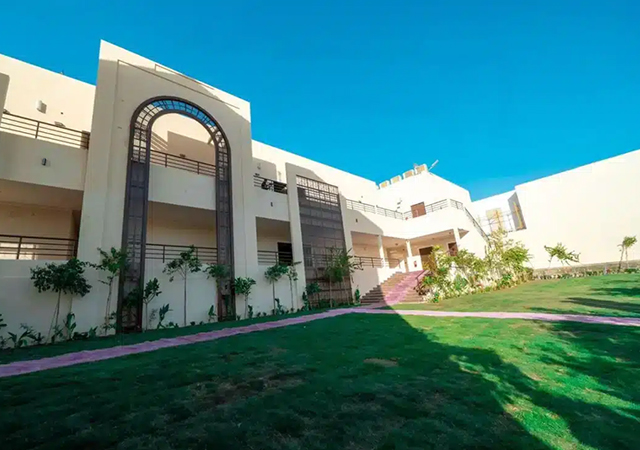
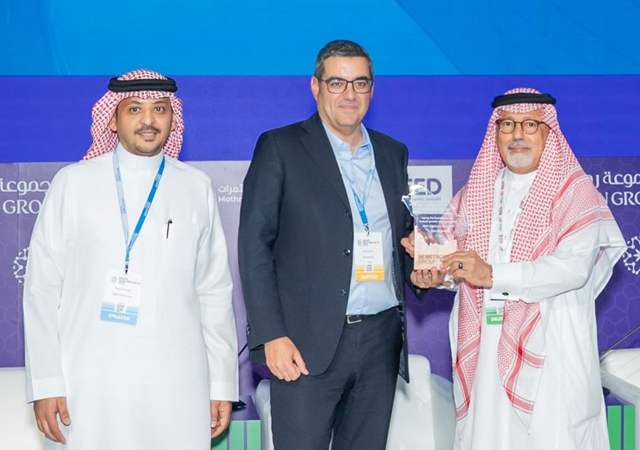
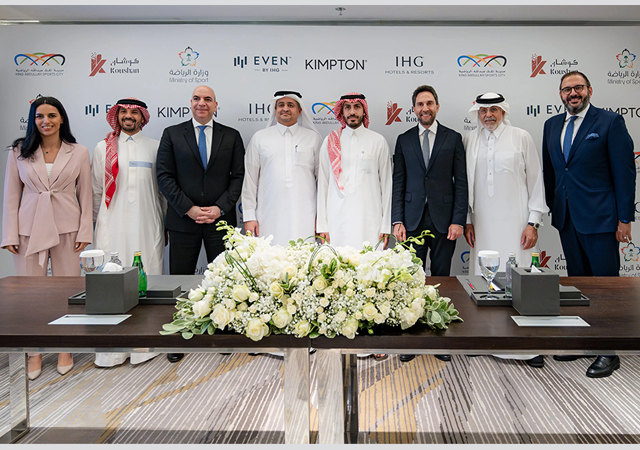
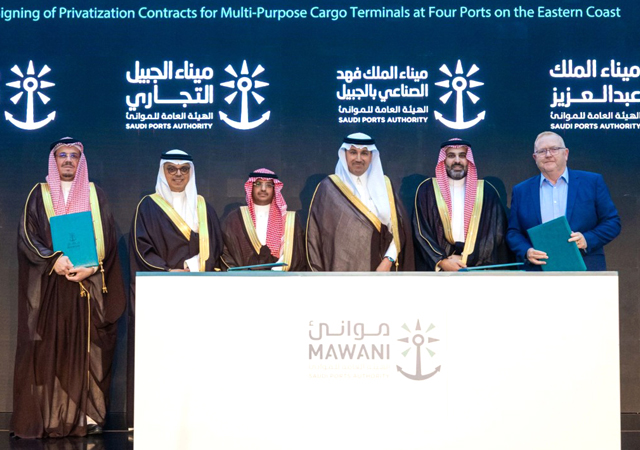
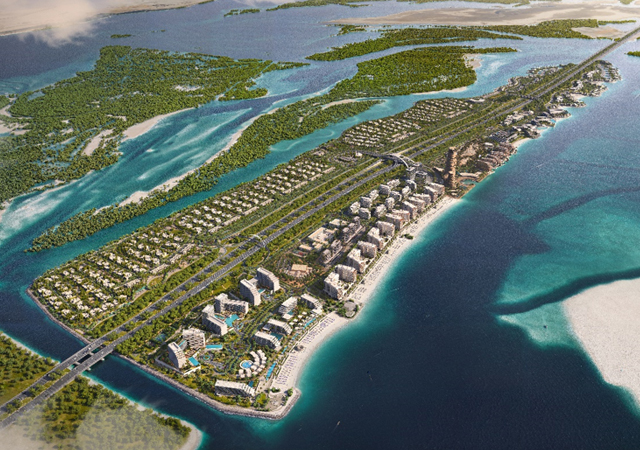

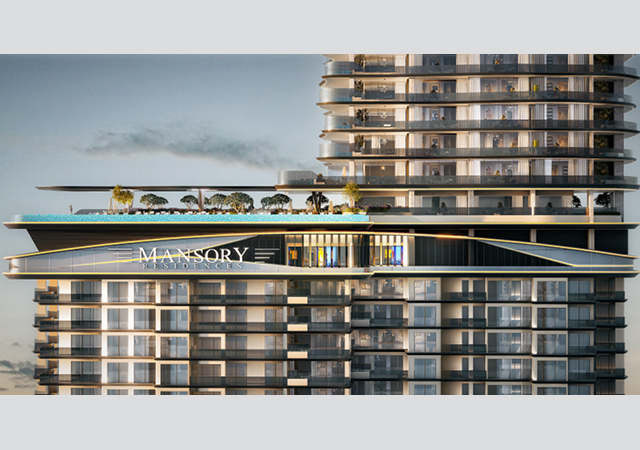
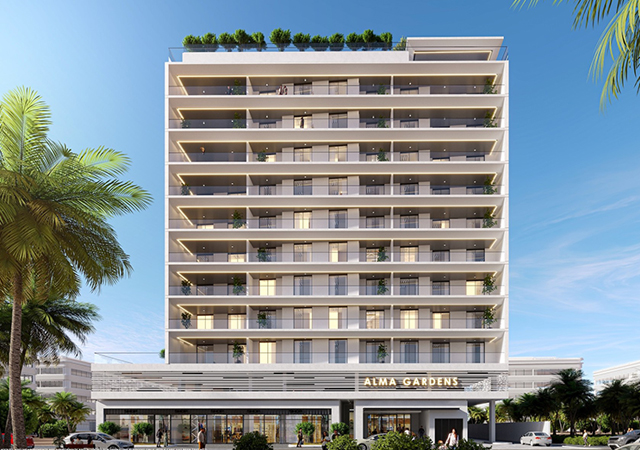

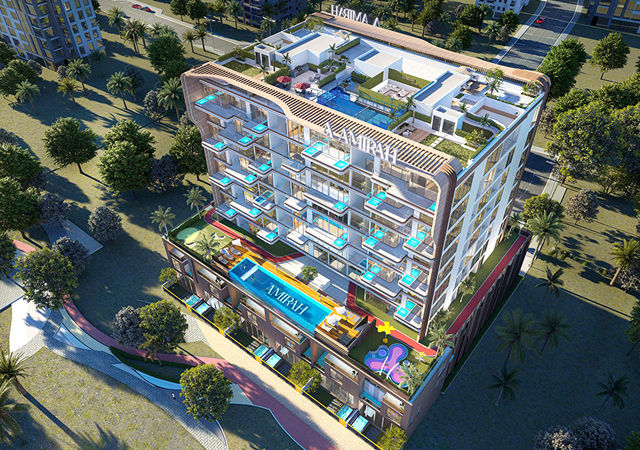

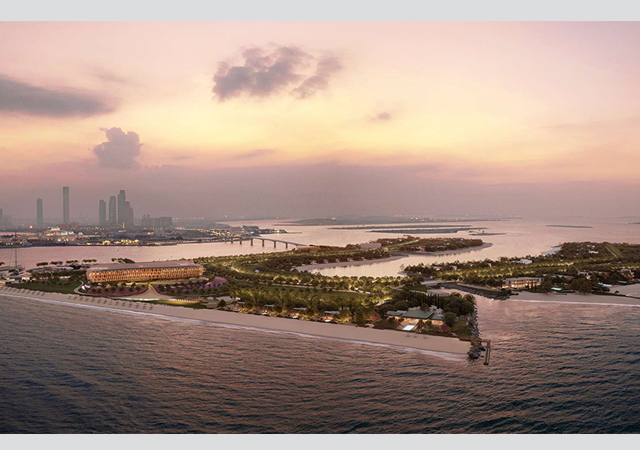
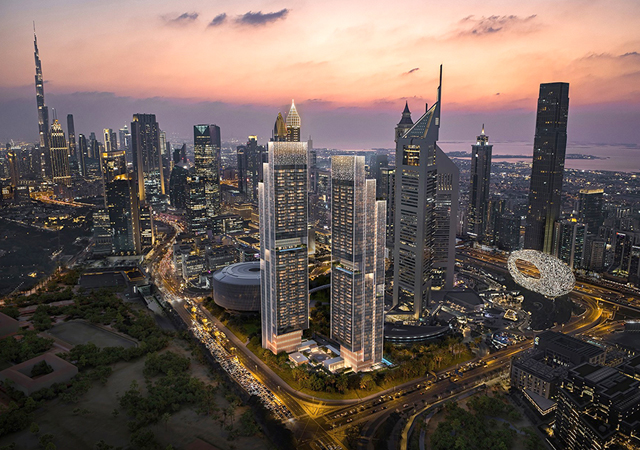
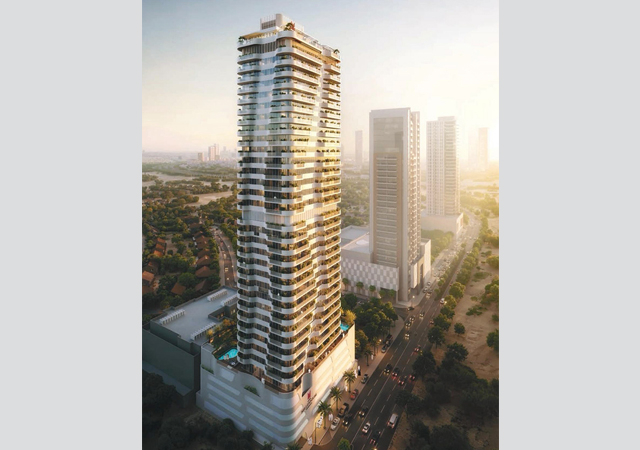

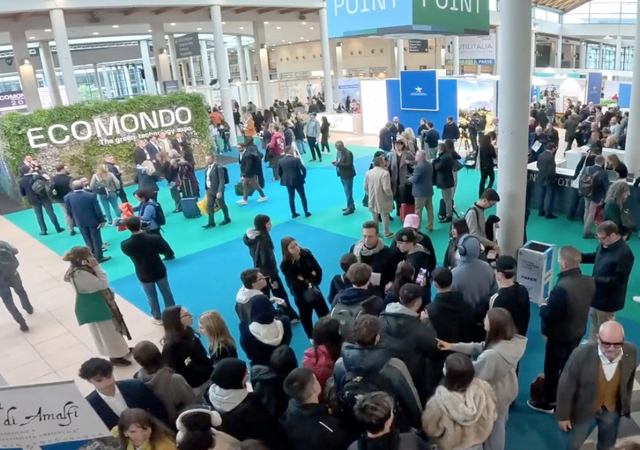
.jpg)





